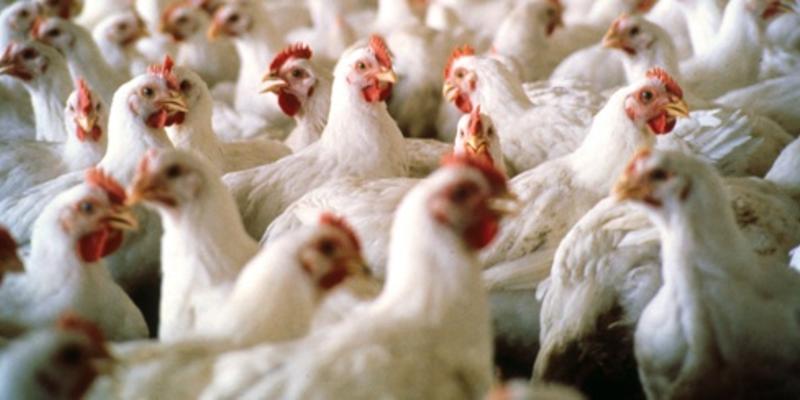

A friend and I were discussing family reunions recently when the conversation turned to food, as it should. We talked about how the various dishes we grew up with were always home-cooked and tasted better than any food we could remember to this day. That evening, while preparing dinner, I glanced over at my treasured cookbooks (many of them older); my favorite is Virginia Housekeeping circa 1870. It dawned on me that the recipes I had made from this particular book would pale in comparison to the taste they had when prepared by the cooks of that era. They churned their own butter in their homes from cows grazing on grass in their fields. The fresh milk from these cows was stored in glass jars in ice boxes. Vegetables grew in their gardens without pesticides. Families and children pulled the worms and bugs off the leaves and stems of their fruits and veggies. The chicken in their frying pans had been eating corn and meal under the front stoop that morning for breakfast and probably had names like Brooster and Henpecked.
My friend and I had discussed chicken in particular that day. She said her grandmother raised chickens, and she never understood why she couldn't get her chicken to taste like her grandmother's even though she used the same recipe. The answer is mass farming. Genetically altered chicken. David Kessler, author of The End of Overeating, said that antibiotics are used in chicken feed for three reasons: to treat disease, to prevent disease, and to increase the chicken’s growth rate. This last one is the biggest concern to Kessler, because using antibiotics to increase a chicken’s size is an abuse of antibiotics and can increase drug resistance. Back in the 1950s, it took chickens 85 days to reach maturity. Now, chickens reach maturity in 47. The way corporate America looks at it, the bigger the chicken, the faster the growth, the greater the profits.
I can go down the road a piece and buy an organic, three-pound, born-free bird that costs $2.89 a pound. Or, I can buy that six-pound mass-farmed bird all day long, or its parts, for as low as 79 cents a pound. But do I really want more for my money? Before you say yes, consider this: I bought a so-called "All Natural" chicken not long ago at the grocery store. Okay, I get this bird home and let me tell you, there is nothing natural about getting three meals out of one chicken breast.
No, thanks. I prefer my chicken to have the svelte legs and thighs of a bridge runner. After reading The Omnivore's Dilemma by Michael Pollan, I have given my food considerably more thought. For instance, I'm usually positively giddy in the early summer when the fresh fruits and vegetables hit the shelves. But my joy has been lackluster of late. I cringe when I see 16-inch cucumbers and squash, two-pound tomatoes, and blueberries the size of nickels. I am disgusted at cucumbers so waxed that they stick to my hands when I pick them up like flypaper. And when it comes to taste, I have to admit that I am a fruit-aisle forager. I pop cherries, blueberries, and grapes in my mouth right there in the aisle. Yes, I know that they aren't washed yet, but I rub the heck out of them first. And it's not like I eat a pound of them before I hit the register. I just don't want to get home and throw a tasteless bag of grapes away.
We shouldn't have to go to a whole foods or natural food store just to get real foods. And what is more disturbing is the fact that what we can or cannot eat is directly related to our income. Can I afford the 12-dollar organic chicken from Whole Foods this week? Or do I get the Bi-Lo one on sale for 79 cents per pound? I have been interested for years in eating healthier—less processed and more natural foods—but it does bother me that what I purchase for my family is determined by my paycheck.